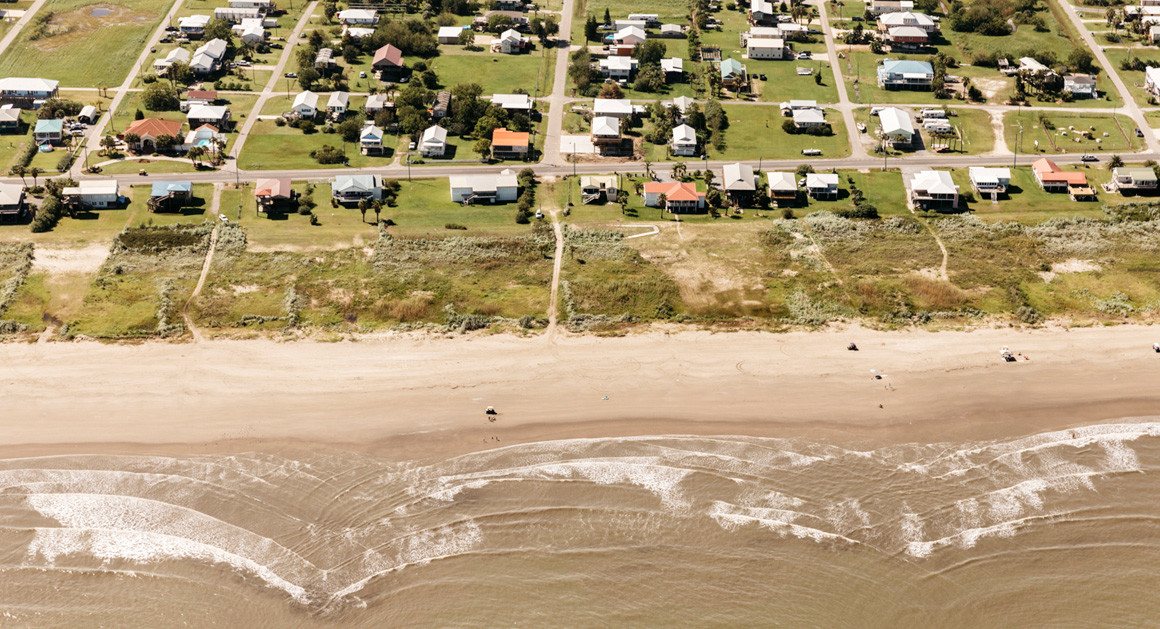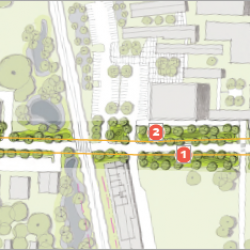Read the full article on Politico Magazine
By Annie Snider
Posted September 1, 2017
In flood-prone coastal Louisiana, towns have started to ask a question Texans may face soon: When should we all just leave?
HOUMA, La. — If Houston gets serious about preventing massive damage the next time it floods, it may need to learn a lesson from its neighbors in this oil and gas town, just 15 miles up the road from Louisiana’s historic bayou communities.
This town’s residents—roughnecks, shrimpers, shipbuilders and small-business owners—aren’t typically the joining type. And yet dozens have recently begun showing up for an unusual discussion group underwritten by the state and federal government, and dedicated to a question very difficult to grapple with: What happens when the next hurricane hits, sending bayous rising and inundating the most flood-prone homes, and people start moving here?
Permanently relocating people is the third rail of disaster planning, the aspect no one—especially politicians—wants to talk about. Local zoning and development decisions have encouraged millions of people to move into floodplains, and federal insurance policies and disaster aid have bailed them out time and again. But as these storms become increasingly costly, and climate change promises to make them more so, it becomes harder to avoid the bigger topic: There are places where people simply shouldn’t live anymore.
Relocation is politically toxic; handled centrally, it is disruptive and interventionist, the kind of move that foments revolutions. But as the state of Louisiana mounts a massive battle against the rising tide, planning and funding ambitious efforts to restore buffering wetlands and build levees and floodgates, it is also beginning to acknowledge to residents that even their best efforts will not be enough—and is asking them to think about what comes next….




